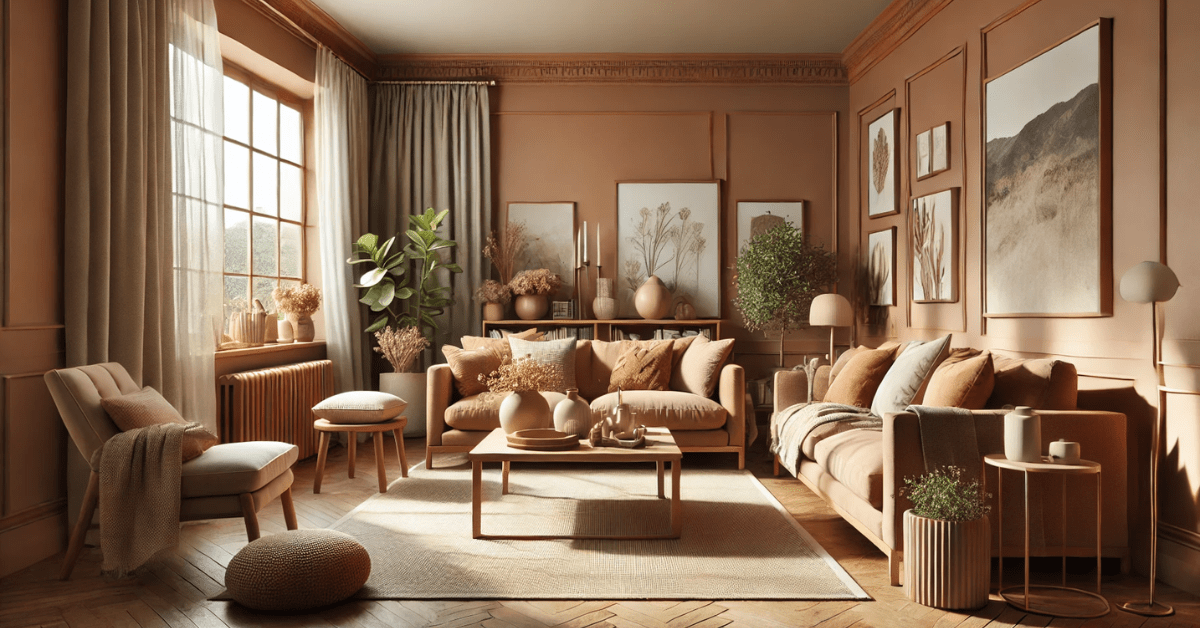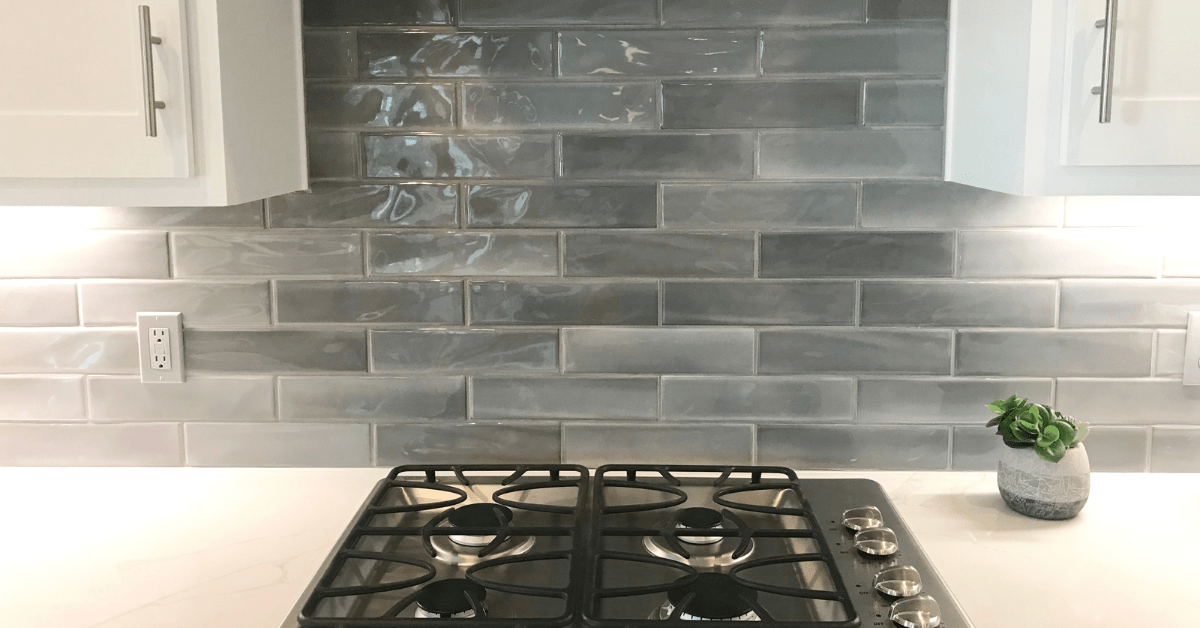The radical renaissance

Learning from the Italian radical design movement of the 1960s In a pleasantly crowded studio in Florence near the baroque church of Santa Croce, retired architect Lapo Binazzi pores over a book of his work. His eyes light up as he describes each project?not the structures one would expect, but rather processions of giant inflatables around the streets of Florence, fairytale-themed restaurant interiors, and kitschy lamps criticizing what he considers the unachievable ?American Dream? promoted by Hollywood. Such is the body of work his architecture collective, UFO, created during the brief but explosive radical architecture period in the mid 1960s and early 1970s?a period of creativity that remains surprisingly relevant today.
?I think that the radical movement must be discovered and rediscovered again and again,? says Binazzi. ?It was and is a big tank of energy that was not explored enough.? Just as Florence gave birth to the Renaissance in the 15th century, so did it provide fertile ground in the 20th century for the radical movement, a ferociously anti-design, anti-dolce vita force that came into being in the halls of the architecture department of the University of Florence. Hungry to critique modernism, radicals provided a stark counterpoint to the ?Made in Italy? brand of consumerism of the postwar economic boom of the 1960s.
Celebrating its 50th anniversary this year?it began the year a massive flood overtook Florence and architects found opportunities for c...
| -------------------------------- |
| PriestmanGoode "re-evaluates sitting" with Horizon seating to tackle train overcrowding |
|
|












